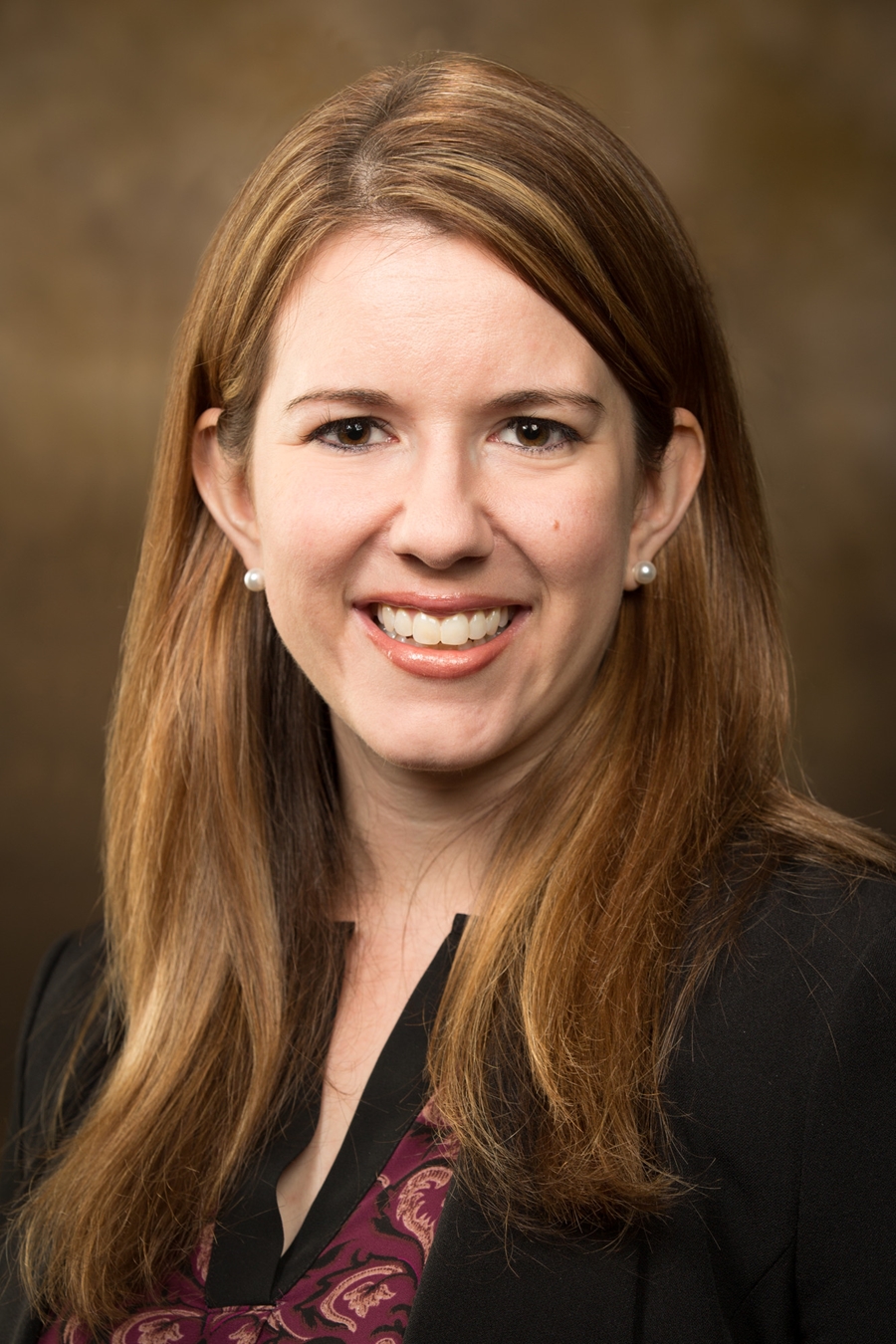Psychopathic Employees Thrive Under Abusive Supervisors, Study Finds
FAYETTEVILLE, Ark. – High-profile corporate scandals caused by extreme risk-taking and brazen malfeasance have driven scholars and business leaders to speculate that those responsible for unethical behavior may possess psychopathic tendencies.
But do these “bad” employees perform poorly, and does employing them only lead to problems for companies?
Not always, according to a new study by a University of Arkansas researcher. Lauren Simon, assistant professor of management, and her co-authors — Charlice Hurst at the University of Notre Dame, Yongsuhk Jung at Korea Air Force Academy and Dante Pirouz at Western University in Canada — found that when working for an abusive supervisor, individuals who possess high primary psychopathic characteristics appear to have distinct advantages over those who don’t.
Psychopathy is a personality trait associated with anti-social behavior, lack of empathy and remorse, narcissism, impulsivity and other egotistical characteristics. But, rather than one profile, it exists on a continuum, and includes primary and secondary dimensions. Both dimensions are linked to antisocial behavior, but those who score high on primary psychopathy often don’t react to things that cause others to feel stressed, angry or fearful. Secondary psychopaths tend to be more impulsive and reactive.
Simon and her colleagues found that in some of the worst workplace situations – ‘worst’ here defined by quality of leadership – primary psychopaths, compared to people who do not possess psychopathic characteristics, appeared to have access to greater psychological resources when dealing with abuse.
The researchers collected data from several hundred working adults to conduct two studies. In the first study, participants evaluated their reactions to profiles of managers portrayed as abusive or constructive. Although there were no differences in anger between high and low primary psychopathy participants, participants higher in primary psychopathy reported feeling more positive emotions when they imagined working for an abusive manager.
The second study asked participants to rate their supervisors’ abuse using a variety of items such as how often the supervisor ridicules or is rude to the employee, gives improper credit for work, or puts the employee down in front of others. Results showed that high primary pscychopathy individuals, compared to those who did not have psychopathic traits, felt more positive and more engaged in their work, as well as less angry, under abusive supervisors.
Simon cautioned, however, that companies should be wary of employees who exhibit these extreme characteristics.
“Many people leave their jobs when they work for an abusive supervisor,” Simon said. “If abusive leadership does not bother—and perhaps even excites—individuals high in primary psychopathy, then these individuals may be more likely to remain with the organization.”
This situation, Simon said, could create a dynamic in which organizations that are tolerant of abuse end up retaining and empowering individuals who possess higher levels of psychopathic characteristics, which are themselves associated with abusive behavior toward others. This, in turn, could damage the organization and its stakeholders through the creation of an abusive and chaotic organizational culture in which unethical behavior is more likely to occur.
The study, “Are ‘Bad’ Employees Happier Under Bad Bosses? Differing Effects of Abusive Supervision on Low and High Primary Psychopathy Employees,” has been published online and is forthcoming in the Journal of Business Ethics.
Simon is an assistant professor in the Department of Management in the Sam M. Walton College of Business.
About the University of Arkansas: The University of Arkansas provides an internationally competitive education for undergraduate and graduate students in more than 200 academic programs. The university contributes new knowledge, economic development, basic and applied research, and creative activity while also providing service to academic and professional disciplines. The Carnegie Foundation classifies the University of Arkansas among only 2 percent of universities in America that have the highest level of research activity. U.S. News & World Report ranks the University of Arkansas among its top American public research universities. Founded in 1871, the University of Arkansas comprises 10 colleges and schools and maintains a low student-to-faculty ratio that promotes personal attention and close mentoring.
Topics
Contacts
Lauren Simon, Assistant Professor, Management
Sam M. Walton College of Business
479-575-4007,
lsimon@uark.edu
Matt McGowan, science and research communications officer
University Relations
479-575-4246,
dmcgowa@uark.edu
Headlines
Four Students Named Goldwater Scholars; Two Earn Udall Honorable Mentions
Four U of A students have received the prestigious Goldwater Scholarship, an award for top students in mathematics, science, and engineering.
Cross-Campus Collaboration Culminates in New Outdoor Geological Installation
Grand opening event to celebrate the new GeoLab installation at the U of A’s Gearhart Hall courtyard is set for May 3. The installation will be open to the public year-round.
First Students to Use Online Degree to Hone Nursing Leadership, Elevate Patient Care
Hanna Baxendale and Wendi Kimbrell will begin coursework in the Doctor of Nursing Practice-Executive Master of Business Administration program offered by the Eleanor Mann School of Nursing and Walton College.
Join the Office for Sustainability on a Final Cruise to Campus
Cruise to Campus Wednesdays have fostered a gathering space for individuals interested in biking to campus. Drop by the Old Main Lawn from 7:30-10 a.m. Wednesday for coffee, something to eat and conversation.
Fay Jones School Student Ambassador Program Gives Voice to Design Students
The student ambassador program at the Fay Jones School of Architecture and Design is built to connect top design students with their school, its alumni, its future students and others inside and outside the school.





